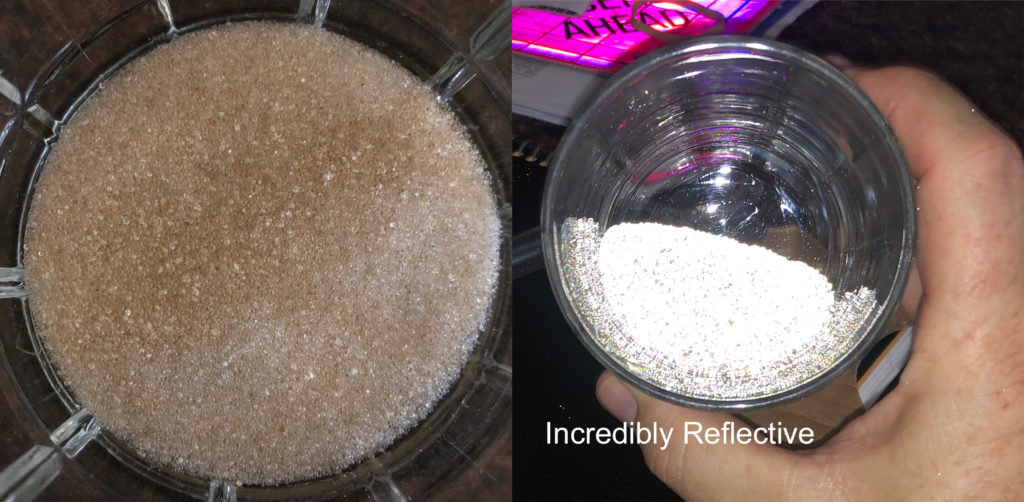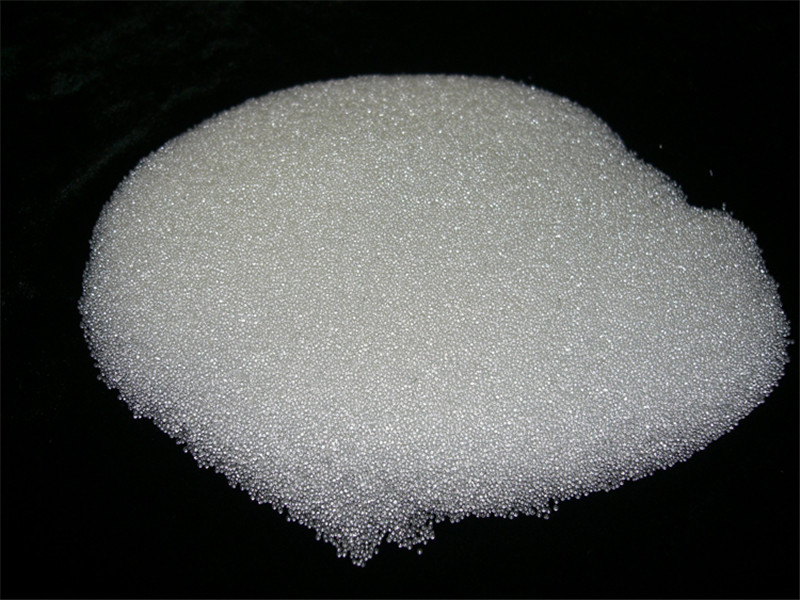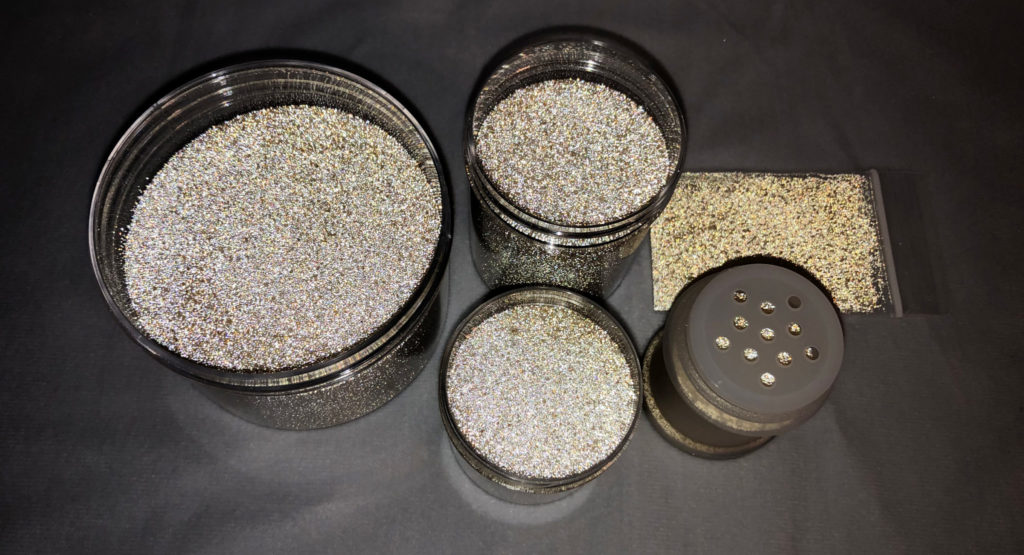
The way an airport bead works is simple, yet amazing. Made using Virgin Glass, these perfectly round, ultra clear beads allow light to enter, collect that light, concentrate it, and return it back only to the source of the light. Reflecting light only back to the source is called Retro-Reflectivity, and results in a brightness unachievable using standard reflective technology.
Two factors set airport beads apart from other reflective beads. First is clarity. By using virgin glass with minimal impurities, more light is able to be returned to the source of that light through reflectivity. Second is roundness. Perfectly round and clear glass beads reflect light instead of distorting it, resulting in a brighter return of light. Airport reflective beads reflect at a rate of about 1100 mcd (micro candelas per square meter)
Traffic beads that make road lines light up are a similar product, however, the brightness of an airport bead is much more intense. Traffic beads have a refractive index of 1.5nd while airport beads have a 1.93 nd rating. This equates with a ground marking that reflects at 350 mcd for standard beads and airport reflective beads that reflect at 1100. High performance type 3 airfield beads have to be bright due to the extreme distance that they need to be seen. Imagine how far away a 747 Jumbo jet needs to be able to see the lines on a runway, and you will immediately see the need for such a bright product.




